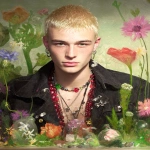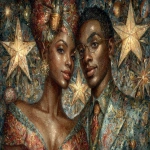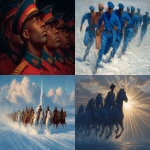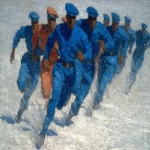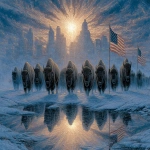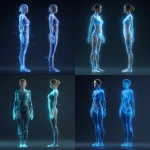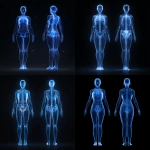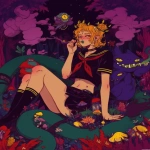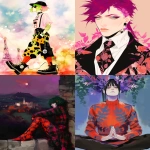Explore the Best AI Image Gallery
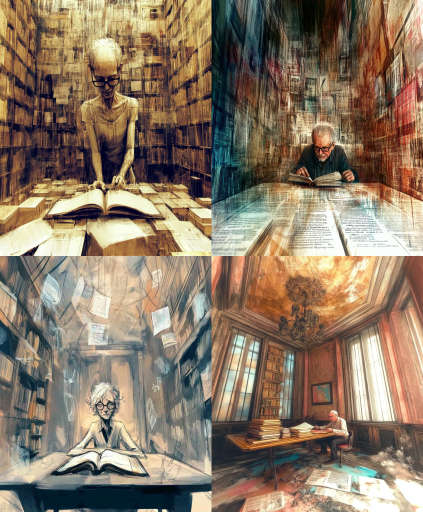
The Impact of AI-Generated Images on the Art World
As technology advances, so does the evolution of art. The introduction of artificial intelligence in the creative process has ushered in a new era of artistic expression. AI-generated images are not just fascinating to behold; they are a testament to the potential of machines to contribute to creativity. In this blog post, we will explore the impact of AI-generated images on the art industry, their practical applications, ethical considerations, and future trends that can change the dynamics of creative expression.
AI in the Creative Process
AI-generated images are created through algorithms and machine learning techniques that analyze vast datasets of existing artwork. These systems can create unique pieces by generating new images based on the learned styles, themes, and techniques of countless artists. This capability enables artists to expand their creative horizons, exploring styles and concepts that may be outside their usual repertoire.
Collaboration Between Artists and AI
Rather than replacing human creativity, AI acts as a collaborator. Many artists leverage AI tools to enhance their work, allowing for innovative combinations of traditional techniques with digital capabilities. Some well-known platforms, such as DALL-E and Artbreeder, enable users to input parameters that guide the AI in generating images tailored to their vision. This collaboration can result in exciting new trends in art, where the artist’s intent is melded with machine-generated randomness, leading to unforeseen outcomes.
Practical Applications
The impact of AI on the art world extends beyond the canvas. Here are several practical uses of AI-generated images:
- Advertising and Marketing: Businesses are using AI-generated art for branding, packaging, and advertisement designs, enabling them to produce unique visuals at scale.
- Game Design: The gaming industry utilizes AI to create vast and diverse visual assets for immersive environments, characters, and scenarios.
- Fashion Design: Designers employ AI to generate patterns and styles, challenging traditional notions of creativity in fashion.
- Interior Design: AI can create visuals that assist in designing personalized spaces by visualizing various decor options.
- Education: Schools and institutions implement AI in art curricula, teaching students to blend technology with creativity.
Ethical Considerations
Despite its advantages, AI-generated art raises critical ethical questions. Key concerns include:
- Copyright: Who owns an artwork created by AI? The line between inspiration and plagiarism becomes blurred as AI draws from existing works.
- Artist Identity: How do we define an artist's role in art that is significantly influenced or generated by a machine?
- Market Saturation: With AI making art production easier and faster, will authenticity and uniqueness lose value in the market?
- Bias in AI: AI systems can inadvertently perpetuate bias present in the datasets they are trained on, affecting the diversity and representation in art.
The Future of AI-Generated Art
Looking ahead, the future of AI-generated art is both promising and uncertain. The technology is set to become even more sophisticated, blurring the lines between creator and creation. We can expect:
- Enhanced Collaborations: More artists will embrace AI as a co-creator, leading to rich and dynamic art forms.
- More Regulations: As the art and tech worlds converge, regulations will emerge to address copyright and ethical issues regarding AI-generated content.
- Expanded Accessibility: AI tools will become more user-friendly, democratizing art creation and allowing amateurs to explore their creative potential.
- New Artistic Movements: We may witness the emergence of new art movements specifically focused on AI-generated works, redefining the context in which art is produced and appreciated.
In conclusion, AI-generated images hold transformative power in the art world. They present innovative opportunities for collaboration, but also challenge us to consider critical ethical questions. As we navigate this exciting landscape, the fusion of technology and creativity promises a future rich with possibility, pushing the boundaries of what art can be.
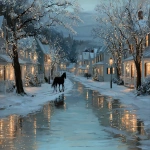


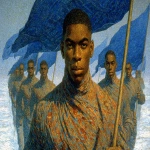



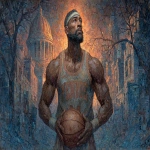


](https://images.ai-img.art/thumbnails/150/3d91370d58b2f68867187ea56dc69c37d746fdadd44b521d87b1bf1df5d10f40.webp)

](https://images.ai-img.art/thumbnails/150/e0118b29fe5cfc2e6592413bab22001f9af64b4b69c6ec903940c927cde44197.webp)


](https://images.ai-img.art/thumbnails/150/27af9f0bb8b7c7d503263849abaf3ede0e1acd1c8e0bdaba4700f845a674a0fc.webp)
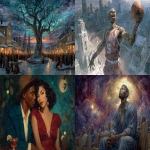
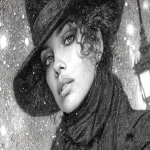
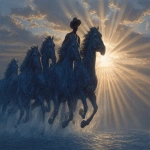
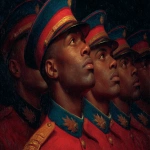

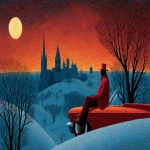
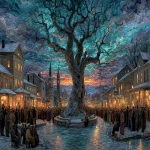

](https://images.ai-img.art/thumbnails/150/26c257403e31dee6746c78e38bceb7def6011d04664049ef156f64a1c5497d44.webp)
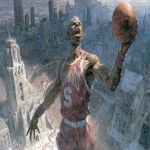
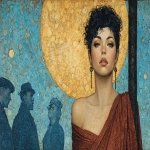

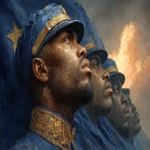

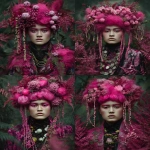

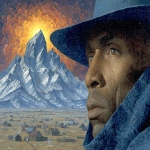
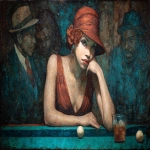
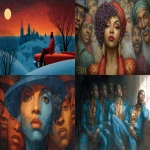
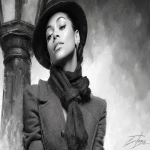


](https://images.ai-img.art/thumbnails/150/17edcb4f51c616e1278d716b510145bbc041556f71d621d2895f134892303315.webp)
